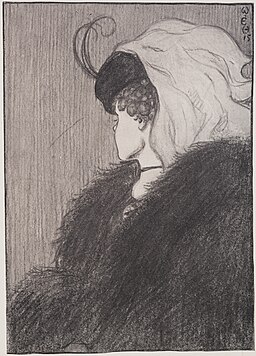
Is this a picture of a young woman or an old one?
What I see when I look at you is different from what you see when you look at me. Sounds obvious, no? But it’s very easy to slip up on this one.
I’m going through a manuscript and verifying there are no egregious errors. That gets more tricky because as part of the revisions I had to re-write some scenes from a different character’s point of view (POV). I’m doing a pass now specifically looking for moments when I slipped up and had a character start thinking about something they would never stop to consider. I think I’ve got most of them out, but I keep finding internals or visuals that are still from the original character’s POV.
“I hate thinking about point of view,” the heroic Handsomas thought as his chestnut locks flowed down over his manly shoulders to his rippling biceps. He looked the heroine up and down, his sapphire-blue eyes gleaming like the ripples on the lake near the cottage where he grew up, poor but smug.
It’s no comfort that I even see versions of this error in published books. Speaking as a human being, I rarely think of my bright blue eyes and flowing brown hair, let alone the fact that I grew up poor but smug.
Whether you write in first person, third person or shudder second person all depends on the effect you’re trying to achieve. But whichever you chose, be sure to stay in that POV while you’re in the scene.
Writing a scene that stays completely in the point of view of the character who has the most to lose can immerse the reader within a story. Breaking POV can throw a reader out of the story so fast that they stop reading and don’t come back.
Writer’s Digest has 6 tips on choosing the right POV for a scene.
Donald Maas wrote a post about Immersive POV.
